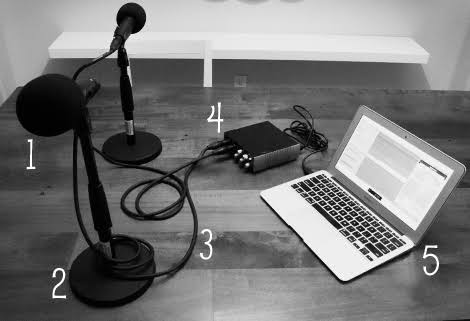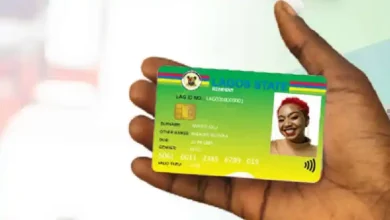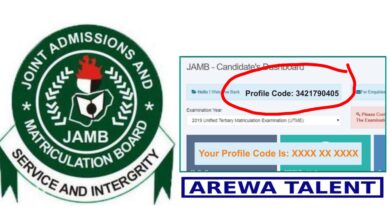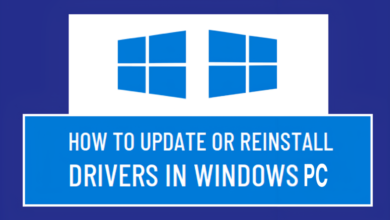How to Start a Podcast: A Guide to Launching, Recording, & Making Money with Podcast

Podcasts have taken the world by storm, offering an impactful and versatile way to reach audiences and share information. If you’re interested in starting a podcast, this comprehensive guide will walk you through everything you need to know. From defining your niche to promoting your podcast and making money, we’ve got you covered. Let’s dive into the world of podcasting and explore how to start a podcast that’s both successful and profitable.
1. Define Your Niche or Topic
Research Existing Podcasts
The first step in starting a podcast is to define your niche or topic. This is important because it helps you focus your content, build an audience, and establish yourself as a subject matter expert. Begin by researching existing podcasts in your chosen niche to understand the competition and identify potential gaps in content. This will help you position your podcast in a unique and engaging way.
Choose Your Format and Cadence
Next, decide on the format of your podcast. Will it be a solo show, a group discussion, or a series of interviews? Additionally, consider your publishing schedule or cadence. The more consistent you are with your episode releases, the more trust and familiarity you’ll build with your audience. Choose a cadence that’s manageable and sustainable for you.
Define Your Audience
Understanding your target audience is crucial for creating relevant and valuable content. Develop a clear profile of your ideal listener, including their age, location, occupation, media consumption habits, interests, and common challenges. This will help you tailor your podcast content to meet their needs and preferences.

2. Build Your Brand and Online Presence
Create a Catchy Podcast Name
Your podcast’s name is crucial for capturing your audience’s attention and conveying the essence of your show. Aim for a title that’s concise, memorable, and easy to spell and pronounce. Ideally, it should be four words or less and include relevant keywords to improve search engine optimization (SEO).
Design Your Podcast Cover Art and Branding Elements
Invest time in creating a visually appealing cover art for your podcast, as well as a consistent color palette and design elements. These will help you establish a strong brand identity and make your podcast stand out. You can use free design tools like Canva or hire a professional graphic designer to help you create the perfect visuals.
Create a Podcast Website or RSS Feed
Set up a dedicated website or RSS feed for your podcast to make it easily accessible to listeners. You can build a website using free or paid website builders or create an RSS feed using podcast hosting platforms like Anchor or Buzzsprout. Ensure that your website or feed includes episode descriptions, download links, and subscription options.
Set Up Social Media Profiles
Create social media profiles using your podcast’s name to promote your show, engage with your audience, and build a community. Focus on the platforms your target audience is most active on and share regular updates, behind-the-scenes content, and episode teasers.
3. Source Recording Equipment and Editing Software
Invest in a Quality Microphone
While you can record a podcast using the built-in microphone on your computer, tablet, or phone, investing in a dedicated podcast microphone will significantly improve your audio quality. There are various options available, ranging from affordable USB microphones to high-end condenser microphones.
Choose the Right Editing Software
Select the right editing software for your podcast, based on your budget and technical skills. Free options like Audacity and GarageBand are suitable for beginners, while premium software like Adobe Audition, Logic Pro X, or Hindenburg Journalist offer advanced features for experienced users.

4. Record and Edit Your First Podcast
Develop an Episode Outline or Script
Before recording your first episode, create an outline or script to guide your content and ensure a smooth delivery. This can include key talking points, interview questions, and transitions. While some podcasters prefer to improvise, having a prepared outline can help keep your content focused and engaging.
Record Your Podcast
Set up a quiet and comfortable recording space, adjust your microphone settings, and start recording your podcast. Pay attention to your mouth placement, tone, and pacing to ensure a consistent and professional sound. Remember to record a few seconds of silence at the beginning and end of your episode, which can be useful during the editing process.
Edit Your Podcast
Edit your podcast to remove any mistakes, dead air, or background noise and add your intro and outro music. This will ensure a polished and professional final product. Use your chosen editing software and follow best practices for audio editing, including leveling, noise reduction, and equalization.
Craft Compelling Episode Titles and Descriptions
Create unique and descriptive titles for each episode, along with engaging descriptions that accurately summarize the content. This will help listeners quickly understand the topic and value of each episode. Make sure to include relevant keywords for improved SEO.
5. Submit Your Podcast to Directories
Upload your podcast episodes to popular podcast directories like Apple Podcasts, Spotify, Stitcher, Google Podcasts, and iHeartRadio. This will increase your podcast’s visibility and make it easily discoverable by potential listeners. Ensure that you have an active RSS feed in place before submitting your podcast to directories.
6. Promote Your Podcast
Once your podcast is live, it’s time to spread the word and attract listeners. Use your social media profiles, email list, and personal networks to share your podcast and encourage downloads, subscriptions, and reviews. You can also collaborate with other podcasters, appear as a guest on other shows, or run paid advertising campaigns to boost your reach.
7. Engage with Your Audience
Interact with your listeners by responding to comments, answering questions, and addressing feedback. This will help you build a loyal community around your podcast and gain valuable insights into your audience’s preferences and needs. Use social media, email newsletters, and live events to keep your audience engaged and informed.
8. Monetize Your Podcast
Once you have built a solid audience, consider monetizing your podcast to generate income. There are various ways to make money from podcasting, including sponsorships, direct support, affiliate sales, and selling products or services. Focus on building trust and value with your audience before exploring monetization opportunities.

9. Track Your Podcast’s Performance
Monitor your podcast’s performance through analytics and listener feedback. This will help you identify areas for improvement, tailor your content to your audience’s preferences, and measure the success of your promotional efforts. Platforms like Apple Podcasts, Spotify, and podcast hosting services offer valuable insights into your podcast’s performance.
10. Stay Consistent and Keep Improving
Consistency is key to building a successful podcast. Stick to your publishing schedule, continuously improve your content, and adapt to your audience’s needs and preferences. Stay committed to your podcast’s growth and success, and be prepared to invest time, effort, and resources into making it the best it can be.
By following these steps and focusing on providing value to your audience, you’ll be well on your way to creating a successful and profitable podcast. Remember, starting a podcast is just the beginning; staying consistent, engaging with your audience, and continuously improving your content will help you build a loyal following and achieve long-term success in the world of podcasting.














